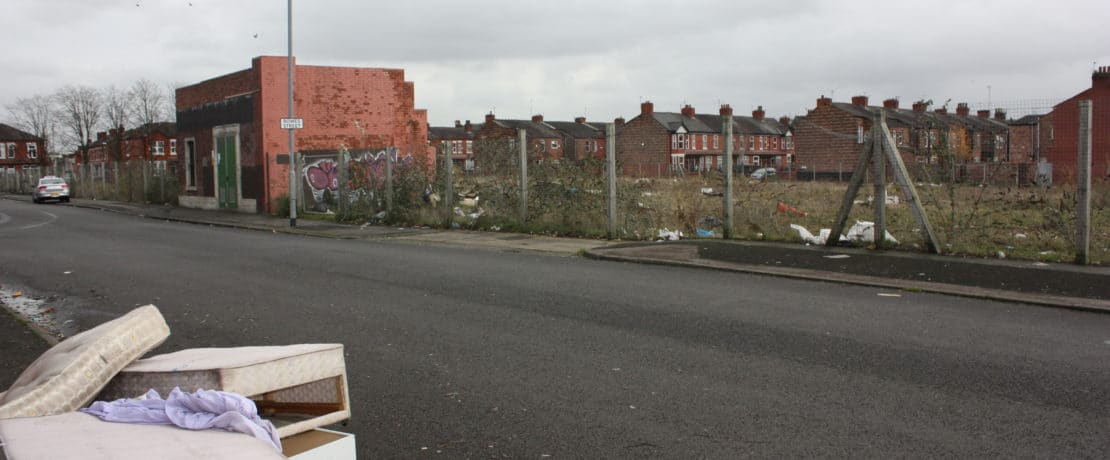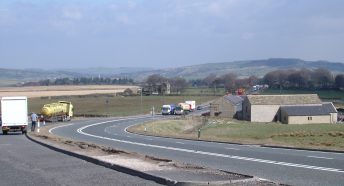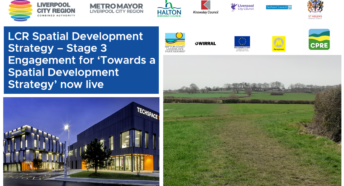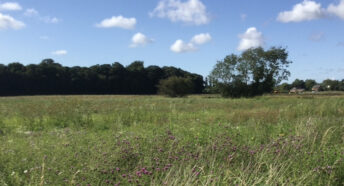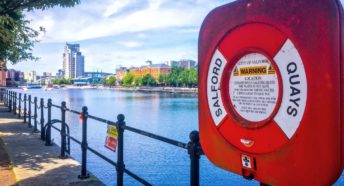Brownfield redevelopment should be first port of call for new housing
CPRE’s 2020 State of Brownfield report highlights availability of land for 300,000 new homes per year
New development on green field sites can mean new communities are built in areas where there is no existing infrastructure, meaning that residents need to drive to access services. However, CPRE research demonstrates that sufficient brownfield land is available for 1.3 million homes across the UK.
Building on brownfield sites not only takes pressure off the countryside: reusing derelict sites can improve local eyesores which can be a magnet for fly-tipping and antisocial behaviour, as well as generally being located in areas where existing infrastructure can meet the needs of new residents.
Despite Government’s rhetoric on the effective reuse of brownfield land to deliver houses, its National Planning Policy Framework is powerless to ensure it. Consequently, it has led to developers seeking to build new homes on greenfields of Cheshire and Lancashire protected by Green Belt land. The NPPF has accelerated the loss of our countryside. Meanwhile, the considerable amount of previously developed land identified on the Brownfield Registers of the local authorities of Greater Manchester and the Liverpool City Region has in the main been left neglected, blighting neighbourhoods owing to its poor visual amenity, and attracting antisocial behaviour and crime.
At the Liverpool Local Plan Examination our team evidenced how the Council had performed well achieving 98% of new development on brownfield. In the future, given the amount of property being no longer used for original purposes, there is every reason why this should continue. It is far more sustainable to reuse centrally located and accessible land that has already been built, as the cost of supporting infrastructure is avoided, commuting journeys are shorter and on the whole the natural capital value is lower than losing wildlife habitat and greenfields that have a value to farm production.
Read the report here: https://www.cpre.org.uk/resources/state-of-brownfield-2020/
